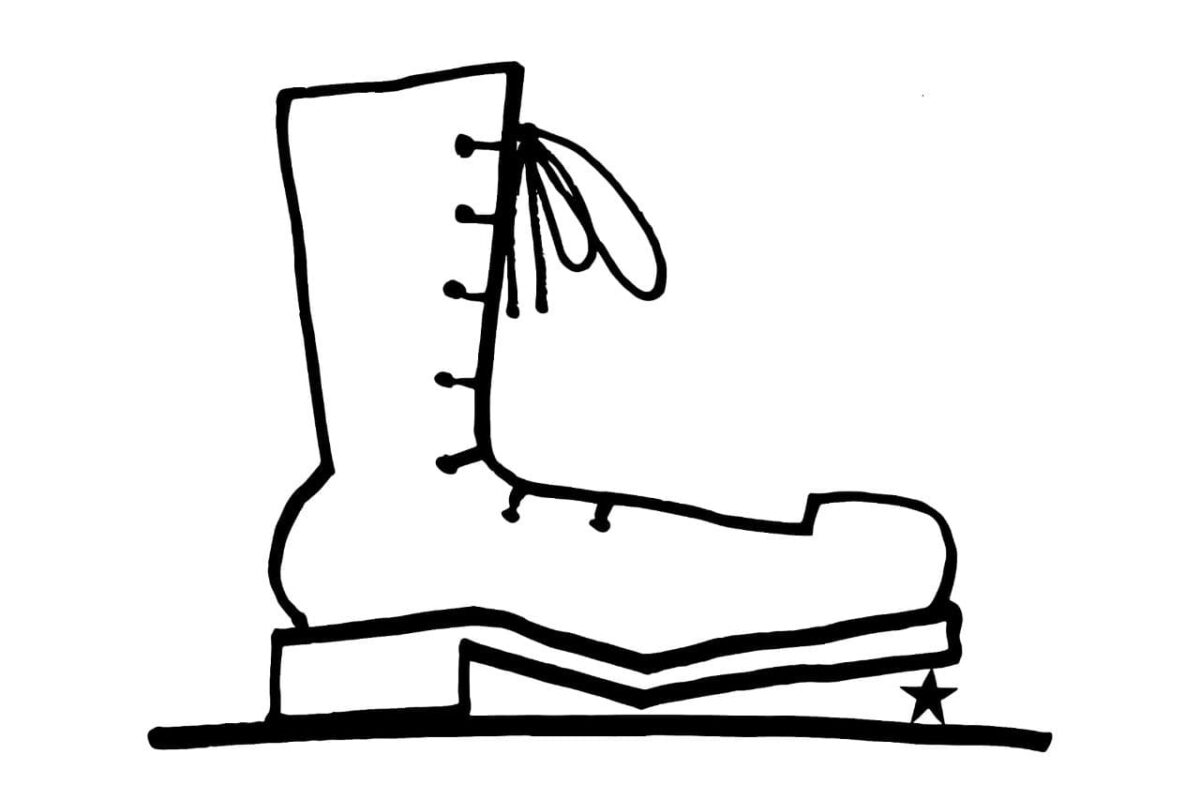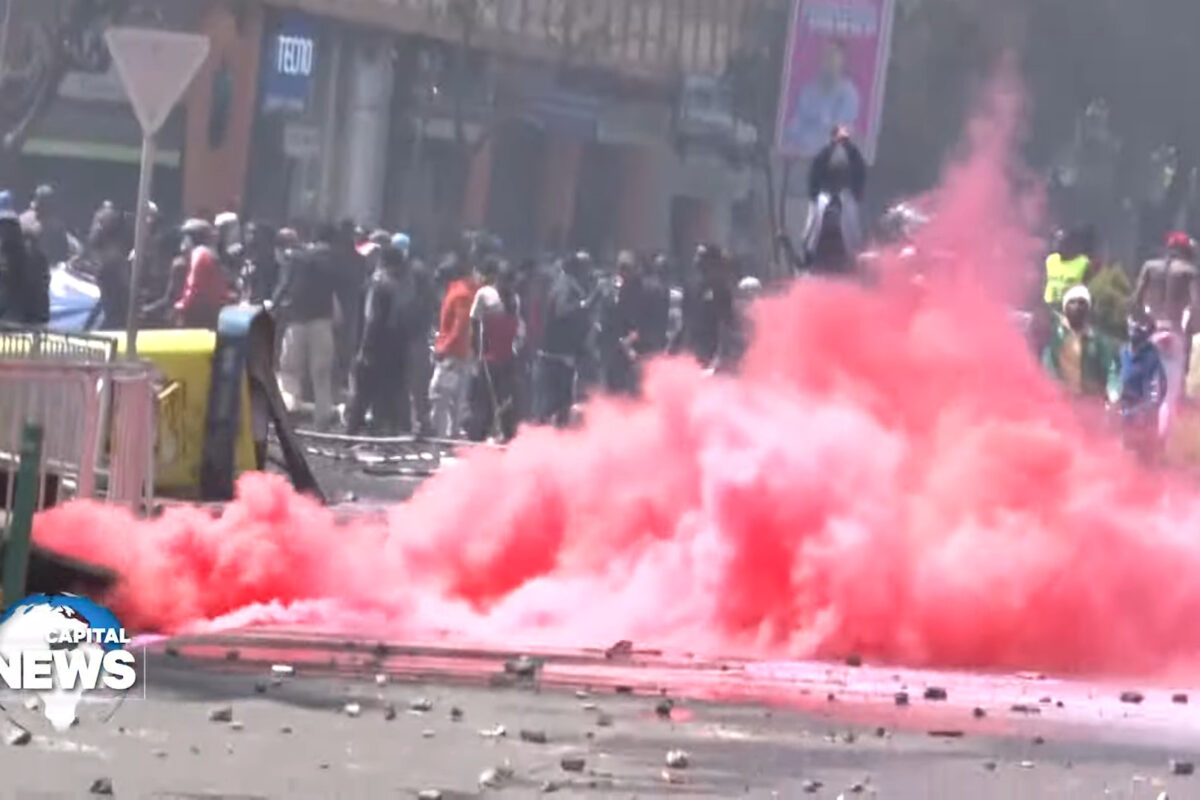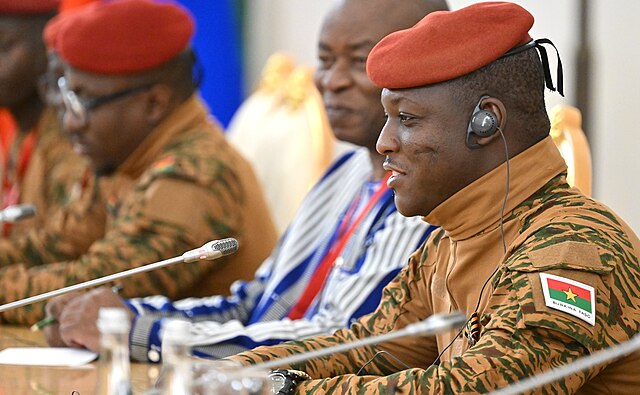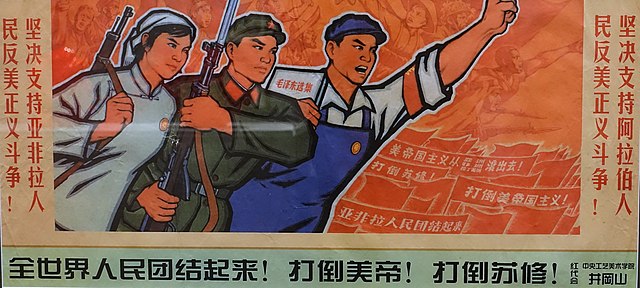The economic blockade imposed on Cuba by the U.S. will soon have been in place for 60 years, and has intensified during the pandemic under the Trump and Biden administrations. In order to explain the present and to understand the blockade, we need to discuss Cuba’s historical and material conditions.
Historically exploited and subjected to the brutal violence of Spanish colonization as well as by American imperialism, Cuba was built as a dependent economy, producing raw materials and mainly exporting sugar. To give a picture of the social circumstances, half of its children did not go to school in 1958.
Eduardo Galeano’s Open Veins of Latin America (1973) provides a clear historical background on Cuba before the revolution: “Cuban sugar became the master key for U.S. domination, at the price of monoculture and the relentless impoverishment of the soil” (p60).
Cuba bought not only automobiles, machinery, chemical products, paper, and clothing, but also rice and beans, garlic and onions, fats, meat, and cotton, all from the United States. Ice cream came from Miami, bread from Atlanta, and even luxury suppers from Paris. The country of sugar imported nearly half the fruit and vegetables it consumed, although only a third of its population had regular jobs and half of the sugar estate lands were idle acres where nothing was produced.
Thirteen U.S. sugar producers owned more than 47 percent of the total area planted to cane and garnered some $180 million from each harvest. The subsoil wealth–nickel, iron, copper, manganese, chrome, tungsten–formed part of the United States’ strategic reserves and were exploited in accordance with the varying priorities of U.S. defense and industry. In 1958 Cuba had more registered prostitutes than mine workers and a million and a half Cubans were wholly or partly unemployed (Galeano, p72). This voracious exploitation led to horrible conditions in Cuba and completely deprived the Cuban people of sovereignty.
In 1960, one year after the Cuban revolution had succeeded and liberated the Cuban people, a memorandum by U.S. diplomat Lester Mallory was released advising the enforcement of new economic sanctions. These sanctions would go much further than the weapon and ammunition restrictions already in place since 1958, with Fulgencio Batista. This document clearly stated the essence of American foreign policy in Latin America and on the periphery of capitalism as per se, arguing that the sanctions policy should be one that:
“makes the greatest inroads in denying money and supplies to Cuba, to decrease monetary and real wages, to bring about hunger, desperation and overthrow of government.”
Following the memorandum policy, the U.S. announced a drastic reduction in sugar importation from Cuba. These measures strongly hit the island economy, considering that Cuba relied on a sugar monoculture which was responsible for about 70% of the GDP.
At this point, the alignment with the Soviet Union was developing in multiple aspects and the USSR took charge of the importation previously undertaken by the U.S., trading oil with sugar under extraordinary conditions to support the Cuban economy. As a retaliation to the new American restrictions, Fidel Castro announced the expropriation and nationalization of all American companies in Cuba.
With the escalation of tensions, and concerned with potential diplomatic damages that could be caused by a direct military intervention, in 1961 the U.S. backed a group of counter-revolutionaries on the operation of the “Bay of Pigs Invasion”. The U.S. not only providing financial and logistical support, but also preparing the forces with CIA training. The operation was a fiasco and the troops suffered a humiliating defeat by the Cuban armed forces.
In the following year, Kennedy enacted harder sanctions that could affect any nation establishing commercial relations with Cuba, prohibiting raw materials importation, medicines, artifacts and financial operations. Considering the worldwide economic power of the U.S, the effect of this measure was determinant in establishing how Cuba would be able to trade with other nations in international commerce.
The risk for other nations of trading with Cuba and being subjected to economic retaliations by the biggest economic power is a fact. This brings other countries to a position of avoidance towards Cuba. Being a small economy with around 7.5 million inhabitants at the time, means that engaging in economic relations with Cuba, isn’t worth the risk. This act marginalized the Cuban economic position and clearly showed that the embargo was detrimental to Cuba’s commerce with any other country in the world; not only with the USA.
During the 1970s and early 80s, Cuba was benefiting from the Soviet Union’s bilateral relations. This enabled the country to progress towards a social welfare state and bring significant improvements to people’s lives, stepping forward in multiple state initiatives.
The island economy was still heavily dependent on sugar exportation to the USSR. With the fall of the Soviet Union and consequently the dissolution of the Council for Mutual Economic Assistance (COMECON), Cuban exportation had dropped by approximately 80%, importation by more than 50% and the GDP by 35%.
Facing enormous difficulties with keeping industry and agriculture running, mainly because of a lack of fuel and energy, Cuba opened up the economy for tourism. The 1998 election victory of Hugo Chavez in Venezuela brought a new key commercial partner, especially for oil exportation to Cuba.
The systematic policy to suffocate Cuba reached a new level with the Torricelli and Helms-Burton laws (1992,1996). This allowed any company establishing commerce or financial operations with Cuba to be sued in an American court (OFAC).
That means if a company has branches in the US or financial operations in dollars; or any connection with the American financial system it can be prosecuted by an American Court for commercially engaging with Cuba.
The laws also strangled naval logistical operations by stating that a ship which has docked at a Cuban port is temporarily forbidden to dock in the US, enormously increasing the logistics costs for Cuba.
The imperialist machine is still at full speed in the course of the Covid-19 pandemic. President Trump imposed more than 240 sanctions during the global health crisis, including classifying Cuba as a sponsor of terrorism. President Biden has kept the previous sanctions and increased them, saying that the sanctions on Cuba are just the beginning. These measures brought severe complications for Cuba in acquiring medical equipment, medicine, syringes for vaccinations and artificial respirators. Despite the blockade, Cuba was the first Latin American country to develop its vaccine (Soberana 2).
By comparing some U.S. rates with Cuba we can observe a higher literacy rate than the U.S., lower unemployment, a lower infant mortality and seven times less CO2 emissions per capita. In the last UN general assembly, 184 nations voted for ending the embargo on Cuba. Only the U.S. and Israel voted to keep it.
The blockade is an oppressive and systematic crime, denying Cuba the right of self-determination and economic stability. Imperialism in its late stage operates through unbalanced trades, instrumentalized by a global economic monopoly and political interventions, intensifying exploitation and surplus value. The shape has been transformed but it still preserves the body and the content of domination and violence.
U.S imperialism knows no borders and we must call for the end of the blockade.




